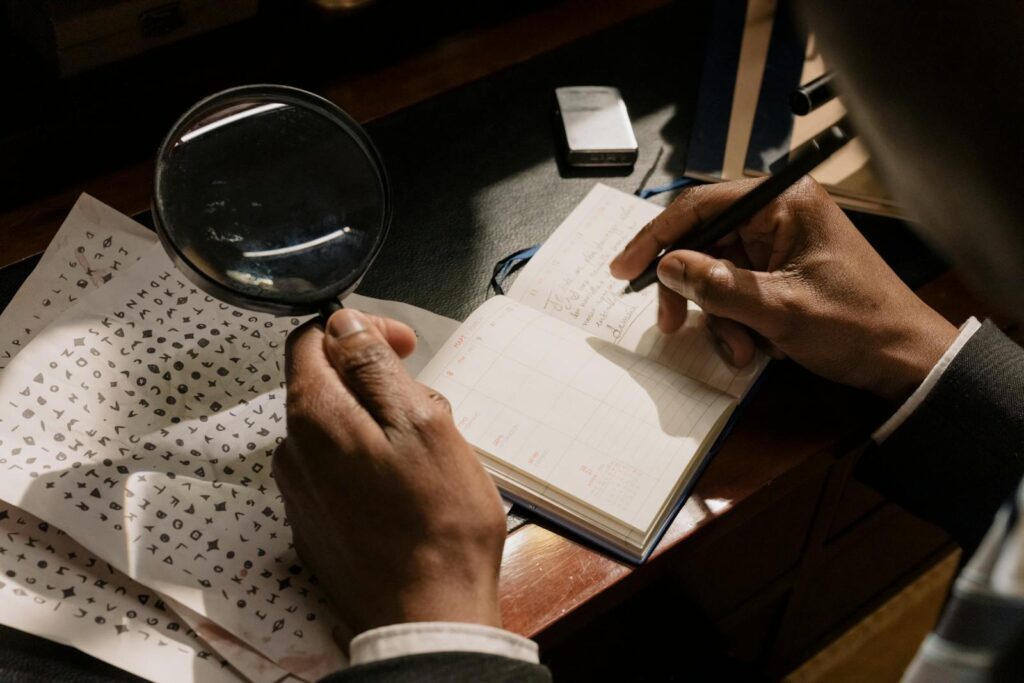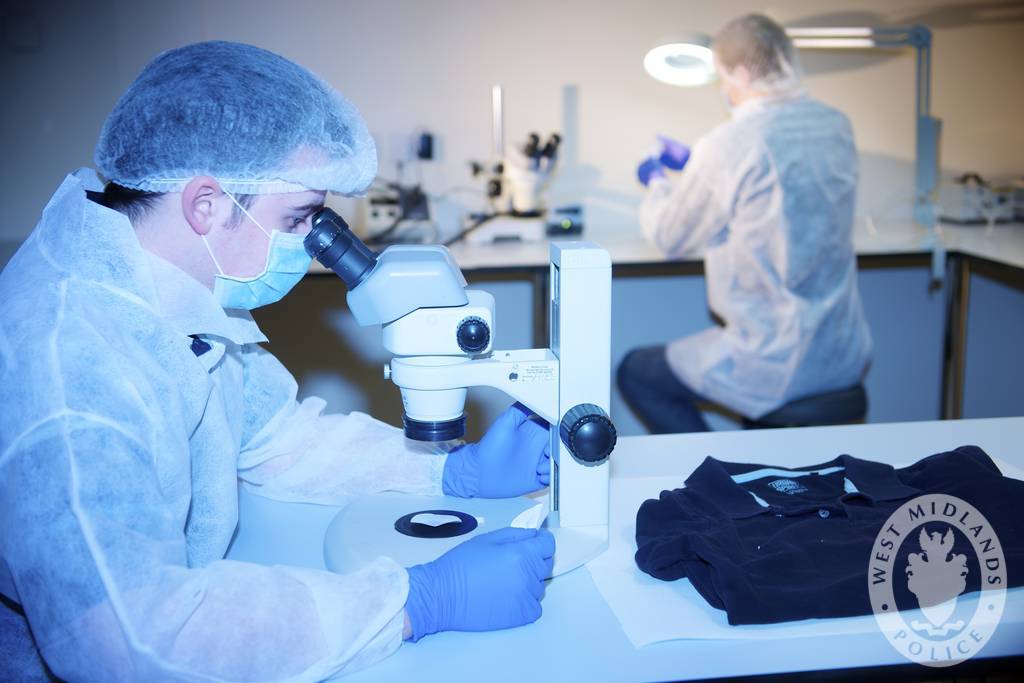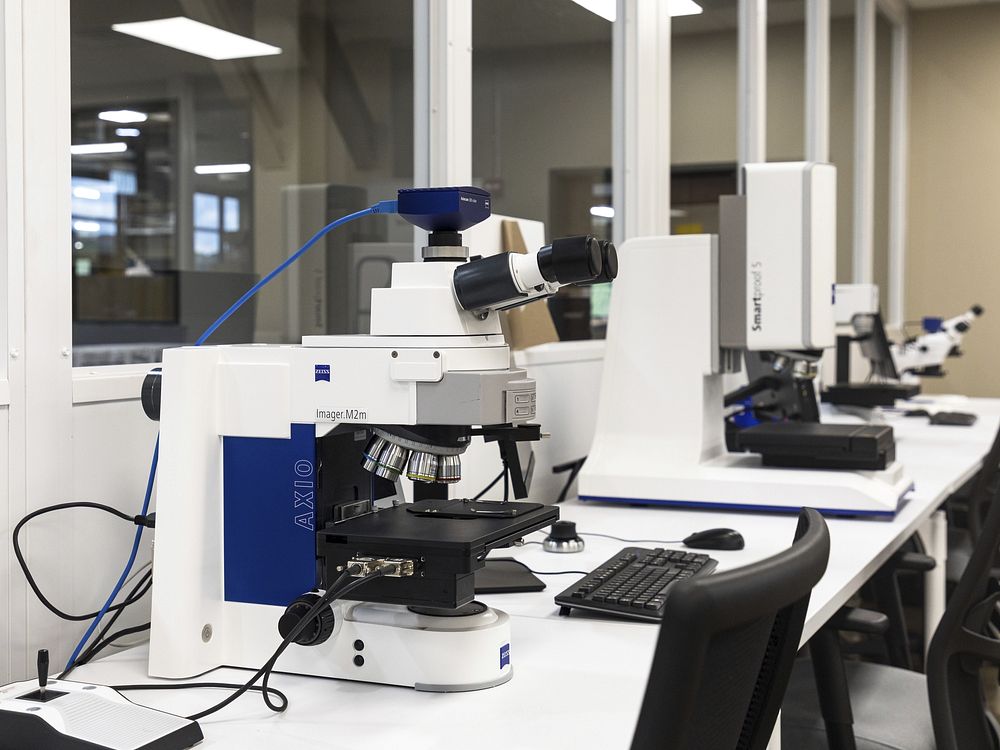Now Reading: Death of Vimal Negi—Tampering Allegation & Custody of ASI Pankaj Sharma
-
01
Death of Vimal Negi—Tampering Allegation & Custody of ASI Pankaj Sharma

Death of Vimal Negi—Tampering Allegation & Custody of ASI Pankaj Sharma
The mysterious death of Vimal Negi, chief engineer of the State Power Corporation, continues to attract forensic and legal scrutiny. Negi was found dead in Bilaspur on March 18, with a pen drive recovered from his body. This small device has become the centrepiece of the investigation, as it potentially contains sensitive data that could shed light on the circumstances surrounding his death. From a forensic standpoint, digital evidence, such as a pen drive, demands meticulous handling. Every stage of its seizure, preservation, and analysis must adhere to the chain of custody; otherwise, its evidentiary value in court is compromised.
The controversy deepened when suspended Assistant Sub-Inspector Pankaj Sharma was accused of tampering with the pen drive. Such tampering raises grave concerns within forensic science, since any alteration—whether of metadata, files, or timestamps—threatens the authenticity of the evidence. Recognising the gravity of the matter, the Himachal Pradesh High Court transferred the case to the Central Bureau of Investigation (CBI) on May 23. On Sunday, the CBI arrested Sharma from his residence in Ghumarwin, Bilaspur, and produced him before a special CBI court in Shimla. Although the prosecution sought a five-day remand, Sharma was remanded to CBI custody for only one day, and later extended by another day.
Sharma’s defence has argued that he was illegally detained after the High Court had already handed the case to the CBI. They stressed that on September 5, both the state police and the CBI informed the court that his custody was no longer required. Moreover, while the charges carry a potential seven-year sentence, the defence maintains Sharma is cooperating fully with investigators.
Forensic investigators now face the critical task of conducting a comprehensive digital audit of the pen-drive, analysing hash values, metadata, and possible breaches in the chain of custody. The outcome of these examinations will likely influence judicial proceedings, including Sharma’s bail petition and any future remand. Ultimately, the credibility of this investigation hinges on how rigorously forensic protocols are applied to safeguard the integrity of the evidence.









